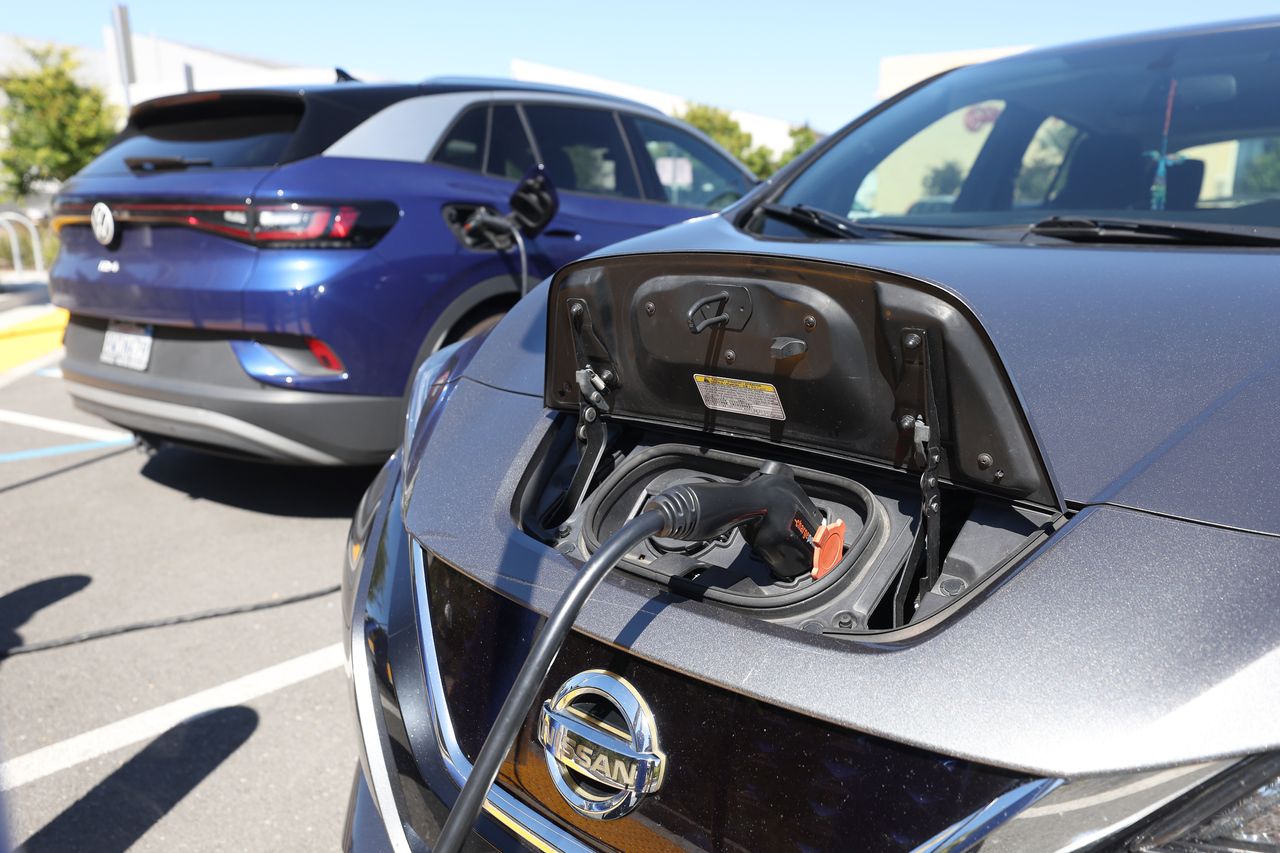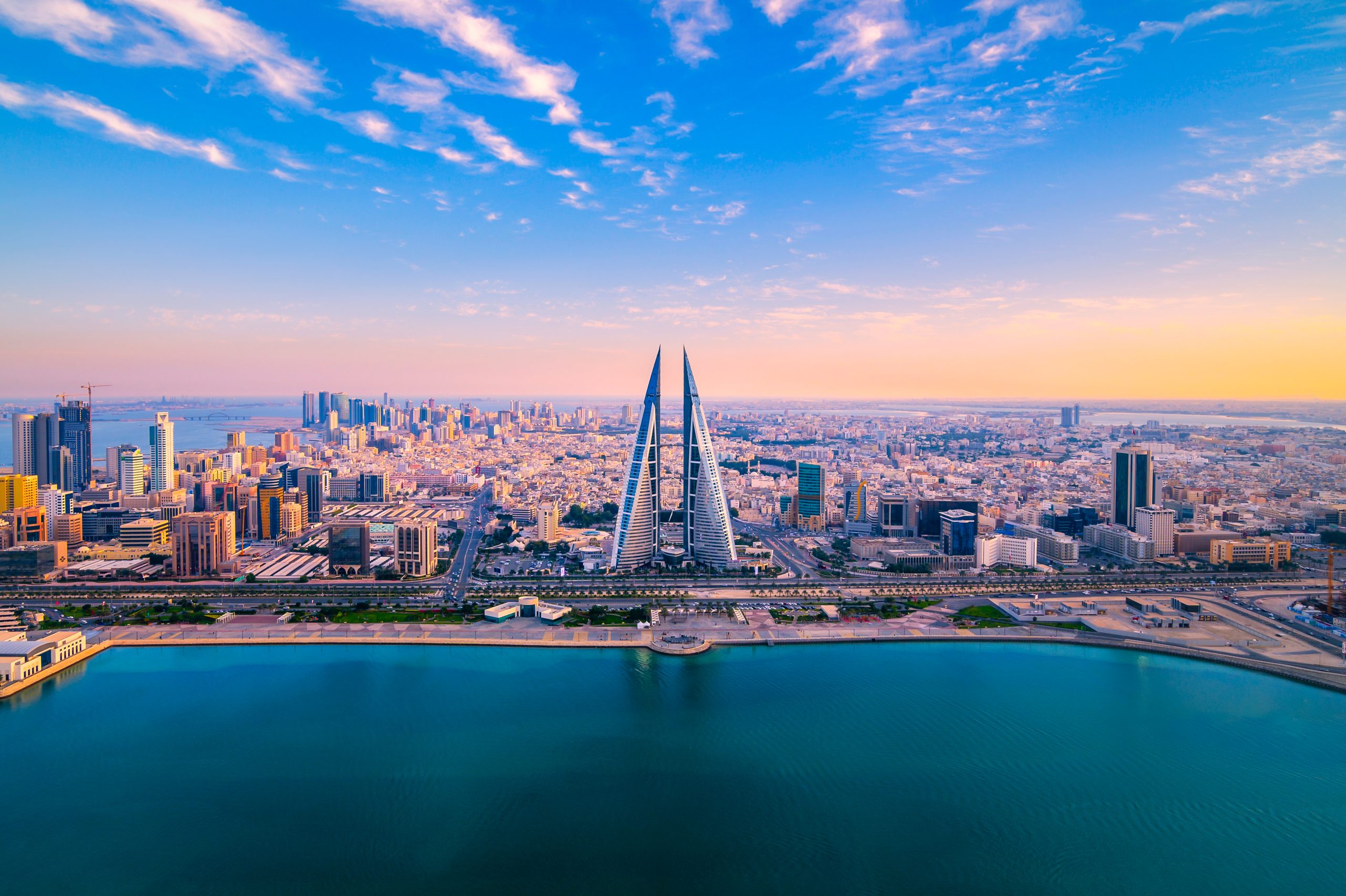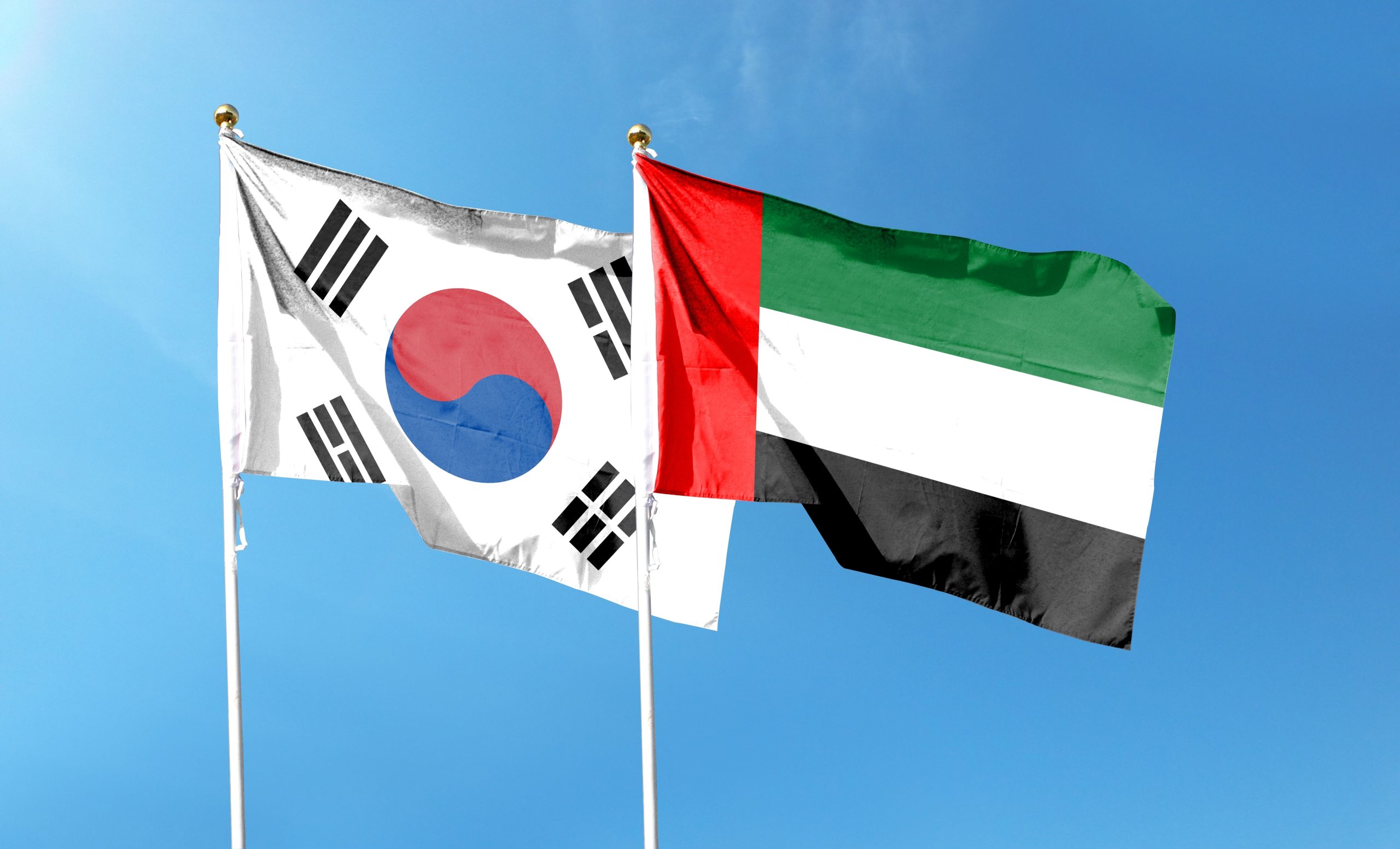The Clean Energy Transition Is Creating Opportunities to Invest in Infrastructure
A year after the Inflation Reduction Act (IRA) was signed into law it’s a good reminder that there’s opportunity in infrastructure investments in the U.S., particularly green technology or those that profit from the transition from fossil fuels to renewable-energy sources.
“This is a really good time to be investing in the sector,” says Michael McGown, head of North American infrastructure private markets at Mercer Alternatives. “There is a real need to transition away from carbon, and the fact that the U.S. government has gotten behind this makes it a win.”
Yes, there is some political pushback against the law—and there are still those who want to rely on fossil fuels and other traditional forms of energy production. But many experts point to the IRA’s transformative potential, and its impact on energy-transition spending in particular, as a good opportunity for savvy investors.
“I don’t think in my career I’ve ever seen a law have a greater impact on economic development in this country,” Gregory Wetstone, chief executive officer of the American Council on Renewable Energy, a clean energy lobbying group, said in July.
Wall Street agrees. Calling themselves “positive” on greentech opportunities, analysts at UBS wrote in July that they forecast US$40 trillion to US$50 trillion of global energy-transition investments in the years 2021–30, in support of net-zero efforts.
“We also expect to see technological developments and a broad-based move to global electrified vehicles (i.e., battery-electric vehicles and plug-in hybrid electric vehicles),” the UBS team wrote in a note. “Such sales may account for a 30% share of the global market by 2025 and a 60%–70% share by 2030, in our view.”
Within the category of energy transition, there are some infrastructure themes that may appeal more than others, either because of their promise of innovation or potential monetary returns.
Mercer’s McGowan points to investments in carbon reduction and abatement, those dedicated to decommissioning old power plants to replace them with renewable or hybrid technologies, and investing in ammonia, which is often used to transport clean hydrogen.
More cutting-edge technologies are likely to offer investors better total returns, says Steven Novakovic, director of curriculum for the Chartered Alternative Investment Analyst Association. In contrast, the more mature, stable, user-fee oriented investments are less return-oriented, but better bets for income investors.
“Generating, moving, or storing energy tends to be income-oriented,” Novakovic says.
Importantly, even though energy infrastructure may be capital-intensive, higher and rising interest rates aren’t likely to be a negative for the sector.
“High barriers to entry and the monopolistic positioning of many infrastructure assets tend to make them less sensitive to the economic cycle,” the UBS analysts said. “In addition, they can help stabilise income generation in a multi-asset class portfolio, particularly when accounting for long-term inflation. Since 2003, infrastructure has typically performed best when global inflation has been high (based on Cambridge Associates Infrastructure Index data).”
With interest rates higher across the board, some investors may simply choose to stick with safer fixed-income assets, Novakovic says. But, he says, “Ultimately infrastructure still has a diversifying effect for portfolios.”
Where to Invest
What are the best ways for investors to access the sector? Qualified investors, or those with at least a few million to spend, can put money directly into private-market plays, such as private-equity funds or even venture-capital funds, which are likely to pay the most in total returns.
There are, of course, typical concerns with private-market strategies, the UBS team said: “illiquidity, longer lockup periods, leverage, concentration risks, and limited control and transparency of underlying holdings. While risks can’t be fully eliminated, it is possible to mitigate them through strong due diligence and strict manager selection.”
They add a shout-out for global industrial stocks, writing that the “sector’s composition has become increasingly diversified and no longer behaves like a traditional cyclical play, in our view.”
In a July note to clients, J.P. Morgan Private Bank analysts wrote about the opportunities in the semiconductor industry driven by the IRA in addition to last year’s CHIPS and Science Act. Semiconductors, for instance, can be used in the process of decarbonisation, particularly for powering “smart” electric grids and other forms of infrastructure
“The semiconductor industry is poised for growth as chips penetrate the clean energy value chain: in photovoltaic solar cells, wind turbines, EVs, batteries, charging stations, and power grids,” the note said.
CHIPS alone allocates more than US$50 billion to subsidise domestic manufacturing of advanced semiconductors. “These government incentives, combined with the wide variety of uses for semiconductors, have pushed companies to ramp up supply,” J.P. Morgan said.
For investors who want to access a basket of energy-transition stocks, several exchange-traded funds may fit the bill. The Global X Lithium & Battery Tech ETF (ticker: LIT) “invests in the full lithium cycle, from mining and refining the metal, through battery production,” according to fund documents, while the Sprott Energy Transition Materials ETF (SETM) says it, “provides pure-play access to a range of critical minerals necessary for the global clean-energy transition.”
And for those who prefer bonds, or just want a more tax-efficient strategy, many municipalities are also issuing debt to fund cleaner energy. In June, the California Community Choice Financing Authority sold nearly US$1 billion in bonds to finance the acquisition of clean energy—including geothermal and solar-plus-storage—by the Clean Power Alliance of Southern California. The projects could affect as many as 3 million residents.
 Copyright 2020, Dow Jones & Company, Inc. All Rights Reserved Worldwide. LEARN MORE
Copyright 2020, Dow Jones & Company, Inc. All Rights Reserved Worldwide. LEARN MORE
Chris Dixon, a partner who led the charge, says he has a ‘very long-term horizon’
Americans now think they need at least $1.25 million for retirement, a 20% increase from a year ago, according to a survey by Northwestern Mutual
Saudi Arabia ranked first among countries for the non-oil exports of national origin with BD201 million (22%)
Bahrain’s non-oil exports of national origin decreased by 6% to BD894 million ($2.37 billion) in Q2 2024 compared to the same period in 2023. The top 10 countries accounted for 64% of the total export value.
According to the Information & eGovernment Authority (iGA) in its Q2 2024 Foreign Trade report, Saudi Arabia was the leading destination for these exports, totaling BD201 million (22%). The US followed with BD75 million (8.4%), and the UAE with BD73 million (8.2%).
Unwrought aluminum alloys were the top exported product in Q2 2024, amounting to BD267 million (30%), followed by agglomerated iron ores and concentrates alloyed at BD159 million (18%) and non-alloyed aluminum wire at BD49 million (5%).
Non-oil re-exports
Non-oil re-exports increased by 4% to reach BD206 million during Q2 2024, compared to BD198 million for same quarter in 2023. The top 10 countries accounted for 86% of the re-exported value. The UAE ranked first with BD58 million (28%) followed by Saudi Arabia with BD39 million (19%) and UK with BD17 million (8%).
As per the report, turbo-jets worth BD65 million (32%) were the top product re-exported from Bahrain, followed by private cars with BD11 million (5%) and four-wheel drive with BD9 million (4%).
The value of non-oil imports has decreased by 4% reaching to BD1.41 billion in Q2 2024 in comparison with BD1.47 billion for same quarter in 2023. The top 10 countries for imports recorded 68% of the total value of imports.

China Bahrain’s biggest importer
China ranked first for imports to Bahrain, with a total of BD191 million (14%), followed by Brazil with BD157 million (11%) and Australia with BD112 million (8%).
Non-agglomerated iron ores and concentrates were the top product imported to Bahrain worth BD200 million (14%), followed by other aluminum oxide with BD101 million (7%) and parts for aircraft engines with BD41 million (3%).
As for the trade balance, which represents the difference between exports and imports, the deficit logged was BD310 million in Q2 2024 compared to BD322 million in Q2 2023.
Chris Dixon, a partner who led the charge, says he has a ‘very long-term horizon’
Americans now think they need at least $1.25 million for retirement, a 20% increase from a year ago, according to a survey by Northwestern Mutual





















